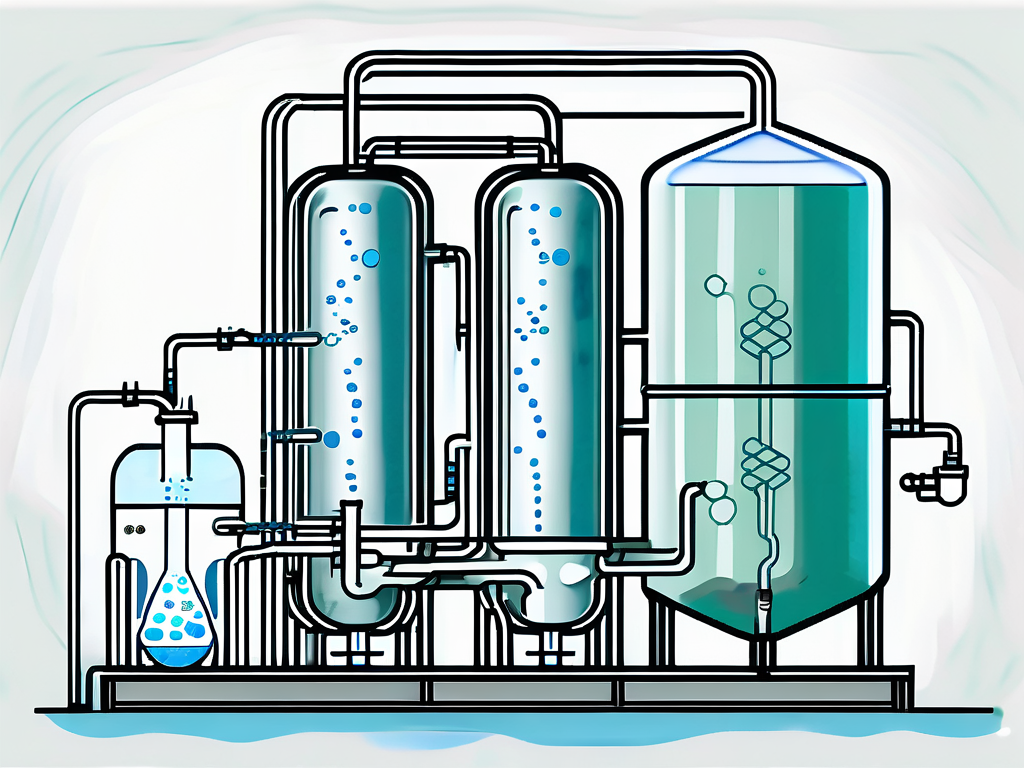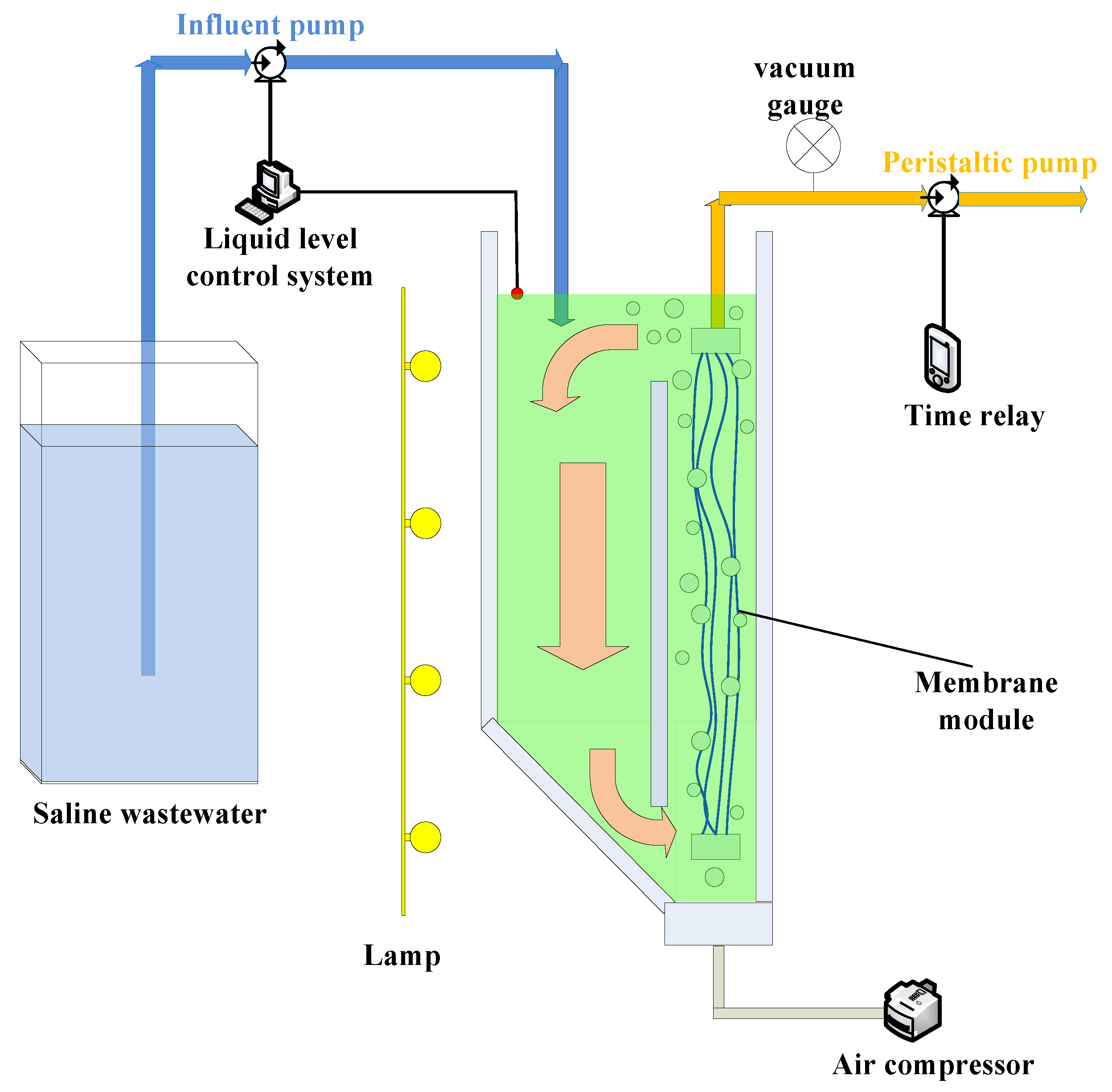Membrane Layer Bioreactors Explained: Efficient Solutions for Tidy Water
Membrane layer bioreactors (MBRs) have arised as an advanced service for resolving the pushing obstacles of wastewater treatment. By incorporating biological procedures with sophisticated membrane layer filtration, MBRs not just boost the quality of treated water but likewise decrease the spatial demands of therapy facilities. As environmental issues escalate, the function of MBR innovation in advertising lasting water monitoring comes to be progressively substantial. However, the complexities of their operation, advantages, and potential applications merit a closer assessment to fully recognize their influence on the future of water therapy.

What Are Membrane Bioreactors?
Membrane bioreactors (MBRs) are advanced wastewater therapy systems that combine biological degradation processes with membrane filtering modern technology. This integration allows for the efficient removal of pollutants from water, making MBRs a favored option in numerous applications, consisting of municipal wastewater treatment and industrial effluent monitoring.

One of the critical advantages of MBRs is their capacity to produce high-grade effluent, usually ideal for reuse in irrigation or commercial procedures. In addition, MBRs need a smaller impact compared to standard therapy systems, making them perfect for urban setups where room might be restricted.
Furthermore, MBRs can effectively deal with varying influent loads and are much less prone to the results of toxic shocks. These qualities add to their growing appeal as a sustainable solution for resolving the boosting demand for tidy water while lessening ecological influences.
Just How Membrane Layer Bioreactors Work
While the operation of membrane layer bioreactors (MBRs) might seem complicated, it fundamentally focuses on the synergy between organic processes and membrane purification. MBRs integrate a biological treatment process, typically triggered sludge, with a membrane layer splitting up system to deal with wastewater successfully.
In an MBR system, wastewater is initial presented right into a bioreactor where microorganisms degrade raw material and various other impurities. The organic activity minimizes the focus of pollutants while promoting the development of biomass. Following this biological therapy, the mixed alcohol undergoes membrane filtering, which can be microfiltration or ultrafiltration, relying on the wanted effluent top quality.
The membranes function as a physical obstacle, enabling water and tiny solutes to pass while keeping put on hold solids and larger particles. This enables the system to keep a high focus of biomass within the activator, enhancing the treatment efficiency.
Moreover, the continuous splitting up of treated water from the biomass promotes a small style and decreases the impact of the therapy center. On the whole, the combination of biological destruction and membrane filtering in MBRs causes reliable and reliable wastewater therapy, making certain high-quality effluent appropriate for numerous applications.
Benefits of MBR Modern Technology
Among the key benefits of membrane bioreactor (MBR) technology is its capacity to generate top quality effluent with a substantially decreased footprint compared to traditional wastewater treatment methods. MBR systems properly combine organic treatment and membrane layer filtering, leading to remarkable removal of impurities, consisting of put on hold solids, pathogens, and raw material. This capability brings about effluent that usually meets or exceeds rigorous regulatory requirements for reuse and discharge.
Additionally, MBR technology permits greater biomass concentrations, which improves the treatment efficiency and minimizes the needed reactor quantity. This compact style is especially valuable in urban areas where area is restricted. The functional adaptability of MBR systems additionally indicates they can adapt to varying influent high qualities and flow prices, making them ideal for a wide variety of applications.
Furthermore, the lowered sludge manufacturing linked with MBR procedures contributes to reduce functional and this website maintenance costs. The look at these guys membranes serve as a physical barrier, lessening the threat of blocking and enabling longer functional periods in between cleansing. In general, the advantages of MBR technology make it an eye-catching service for sustainable wastewater therapy, attending to both environmental concerns and the requirement for efficient resource administration.
Applications of Membrane Layer Bioreactors
With their adaptability and efficiency, membrane layer bioreactors (MBRs) locate applications throughout numerous industries, including municipal wastewater treatment, commercial procedures, and also water reclamation. In local settings, MBRs offer a compact option for dealing with wastewater, effectively removing pollutants while concurrently creating top notch effluent that satisfies stringent regulative criteria. This makes them especially appropriate for areas with restricted room.
In industrial applications, MBR innovation is used for treating procedure water, specifically in markets such as food and beverage, drugs, and petrochemicals. These markets profit from MBRs' ability to handle high organic lots and their efficiency in recuperating valuable sources from wastewater, such as nutrients and water.
Furthermore, MBRs play an essential duty in water recovery efforts, allowing the reuse of treated wastewater for watering, industrial procedures, or perhaps as potable water after further treatment (Membrane Bioreactor). Their effectiveness in getting rid of contaminants and microorganisms makes them a dependable choice for making certain water top quality in different reuse applications
Future of Water Therapy Solutions
The future of water therapy options is positioned for transformative advancements driven by technological technology and raising ecological understanding. As worldwide water shortage ends up being a pushing problem, new methodologies, consisting of membrane bioreactor (MBR) systems, are readied to play a critical function in enhancing the efficiency and sustainability of water therapy processes.
Arising innovations such as man-made see knowledge and artificial intelligence are expected to enhance therapy procedures, permitting real-time surveillance and anticipating maintenance. This will certainly boost the general dependability and performance of water therapy facilities. Furthermore, developments in membrane layer materials, such as graphene and nanofiltration, assure to raise permeation prices and minimize fouling, causing reduced energy consumption and operational costs.
Additionally, the integration of renewable resource resources right into water therapy plants will certainly add to greener techniques. The circular economic situation version will additionally acquire grip, urging the recuperation of beneficial sources from wastewater, such as nutrients and energy.
Final Thought

Membrane bioreactors (MBRs) have emerged as a sophisticated option for dealing with the pressing challenges of wastewater therapy. By incorporating organic procedures with innovative membrane layer filtering, MBRs not only enhance the top quality of cured water yet likewise reduce the spatial requirements of therapy centers.One of the essential advantages of membrane layer bioreactor (MBR) modern technology is its capacity to produce top notch effluent with a considerably lowered footprint contrasted to standard wastewater treatment methods.With their adaptability and effectiveness, membrane layer bioreactors (MBRs) find applications across various markets, including municipal wastewater therapy, commercial processes, and even water recovery.In final thought, membrane bioreactors stand for a significant innovation in wastewater treatment modern technology, incorporating organic processes with effective membrane layer filtration to generate premium effluent.